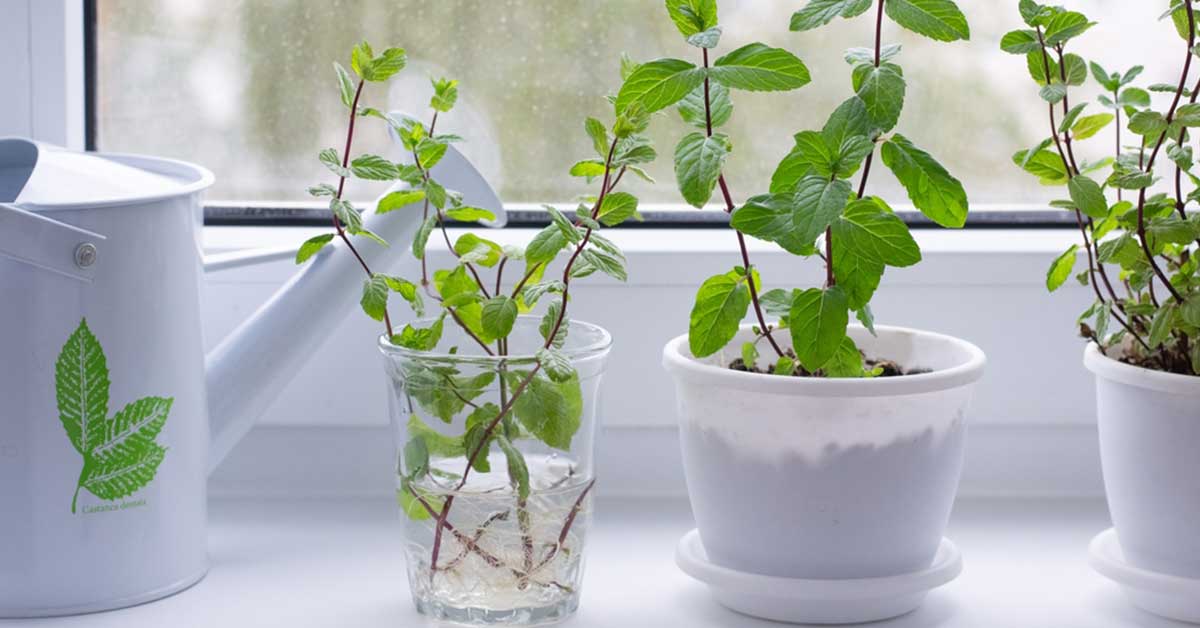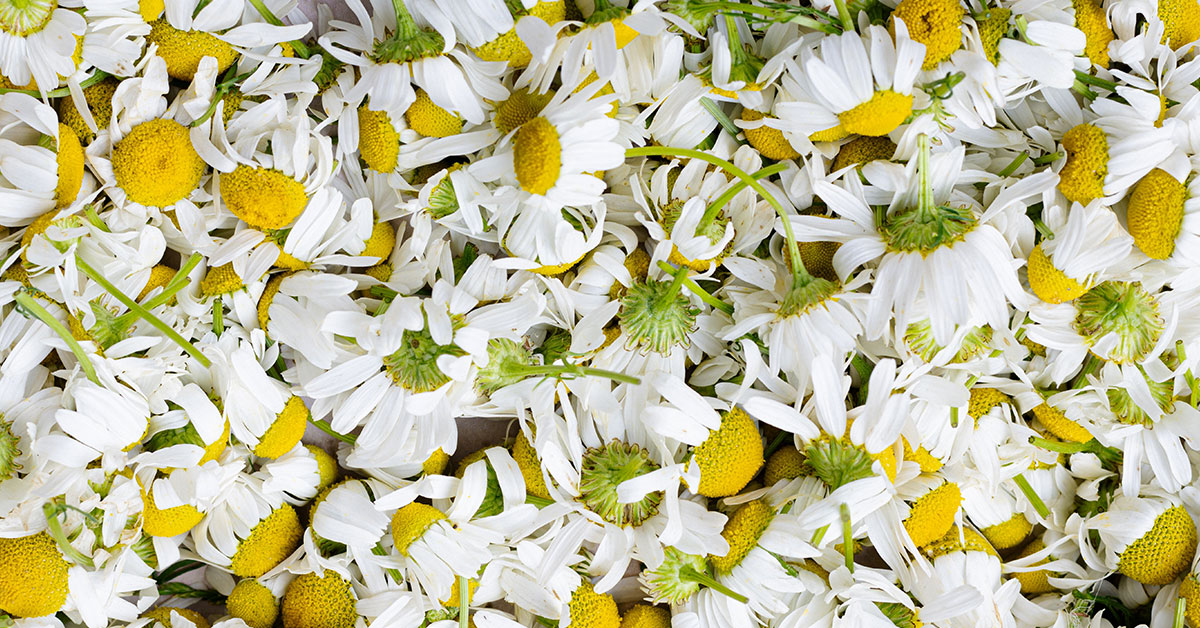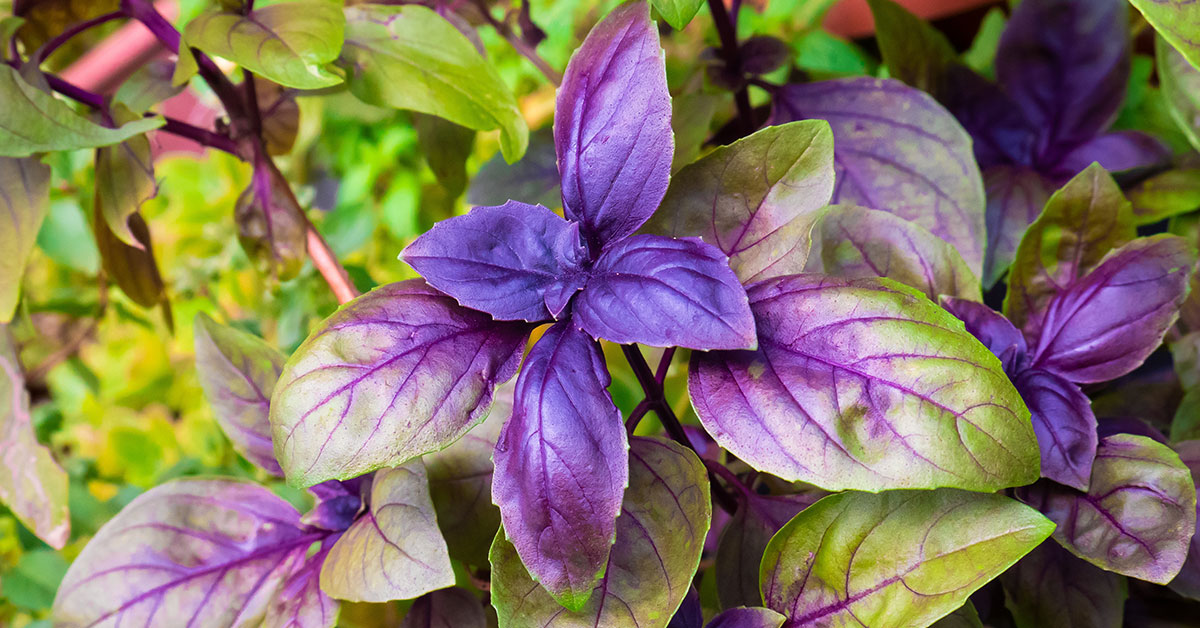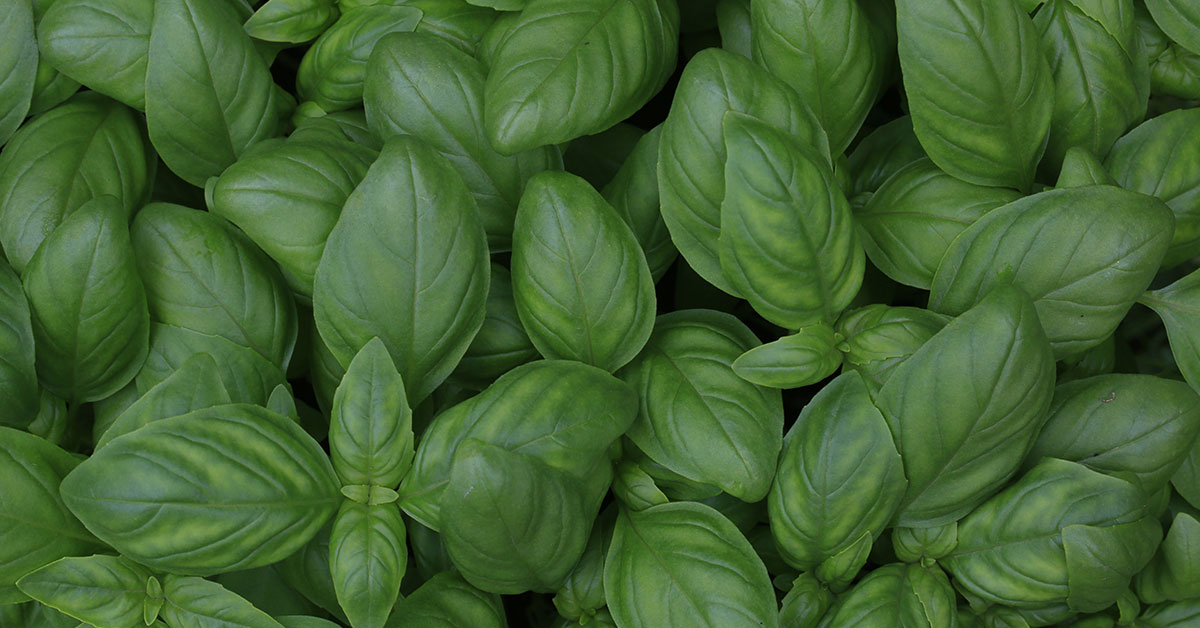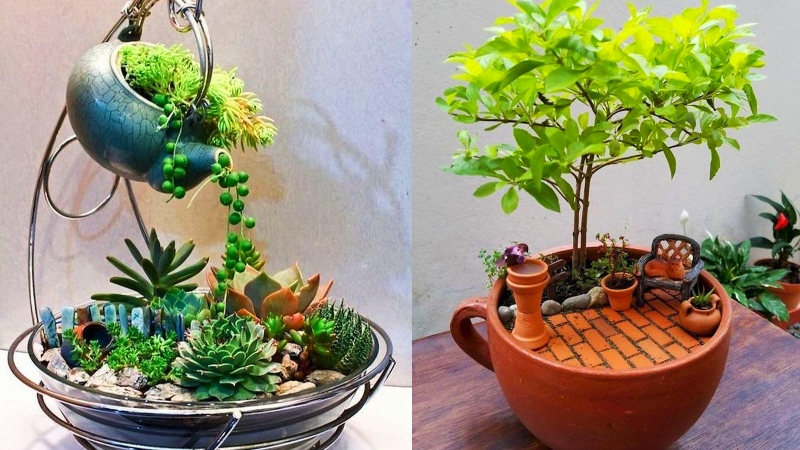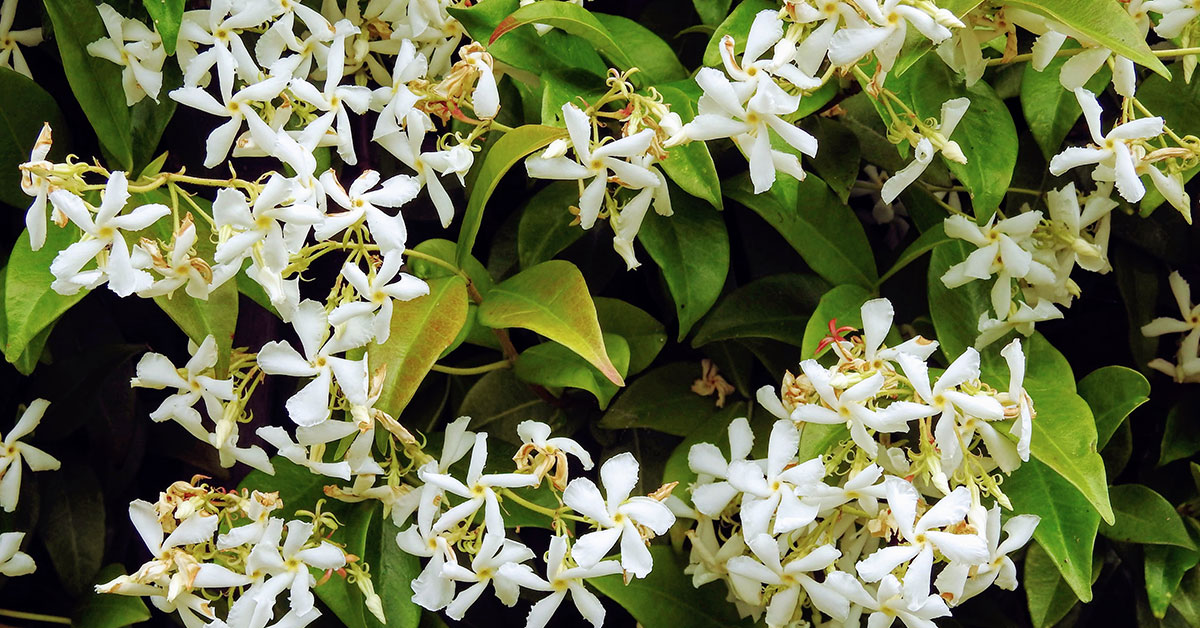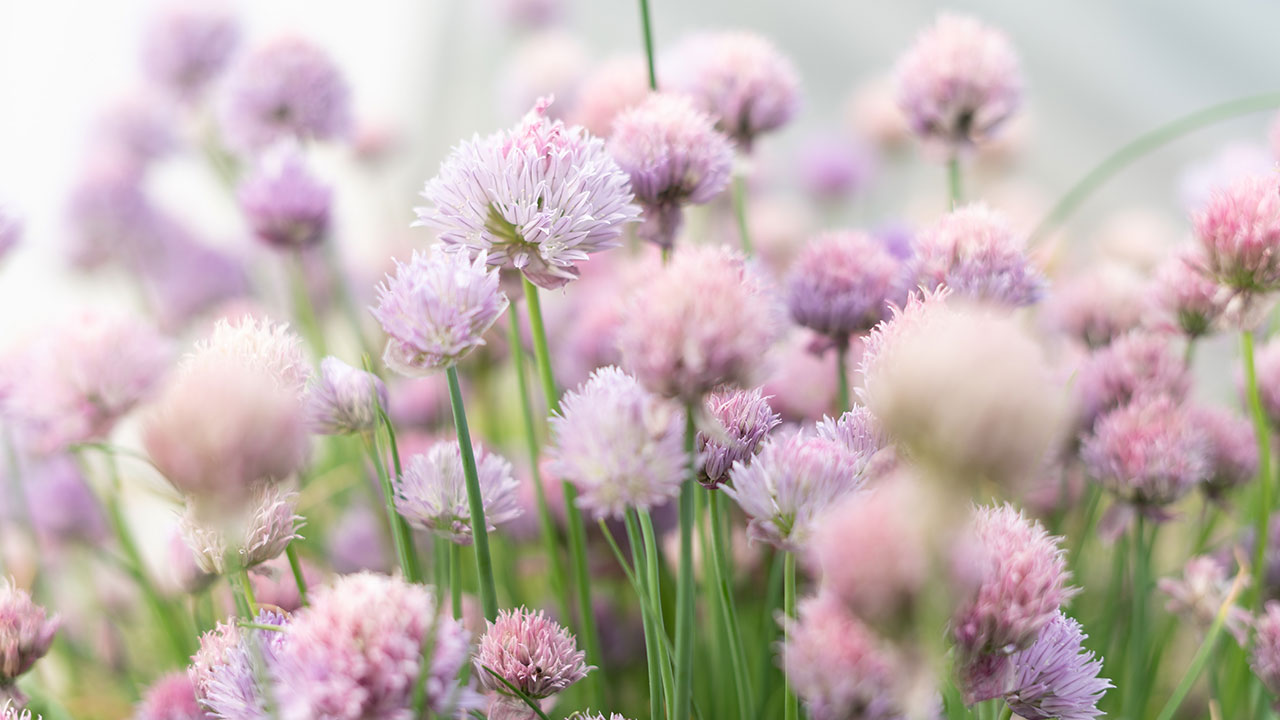Herbs that grow in water offer a convenient and visually appealing way to cultivate these versatile plants. Whether you have limited outdoor space, want to enjoy fresh herbs indoors, or simply appreciate the beauty of herbs displayed in water-filled containers, these water-growing herbs can provide a fulfilling gardening experience.
With proper care and attention, these herbs can develop robust root systems in water and continue to flourish, providing a readily available source of aromatic and flavorful leaves. In this guide, we will explore a variety of herbs that can be successfully grown in water, discussing their unique characteristics, tips for propagation, and guidance on maintaining their health and vitality.
Get ready to embark on a delightful journey of cultivating and enjoying herbs in the simplicity and elegance of a water-based environment.
7 herbs that grow in water
Several herbs can be grown successfully in water, either by rooting cuttings or by starting them from seeds. Here are some common herbs that can be grown in water:
- Basil: Basil is a popular herb that can be propagated in water. Simply place fresh basil cuttings in a glass of water, ensuring that the nodes are submerged. Roots will develop within a few weeks, and the cutting can then be transplanted to soil if desired.
- Mint: Mint is another herb that readily grows in water. Take stem cuttings from a healthy mint plant and place them in a container filled with water. The cuttings will develop roots, and you can maintain the plant in water or transfer it to soil.
- Sage: Sage can be propagated in water using stem cuttings. Take 4-6 inch cuttings from a mature sage plant, remove the lower leaves, and place the stems in a container of water. Change the water regularly and wait for roots to develop before planting in soil.
- Oregano: Oregano can be propagated by placing stem cuttings in water. Take 4-6 inch cuttings from a healthy oregano plant, remove the lower leaves, and submerge the stems in a container of water. Roots should form within a few weeks.
- Thyme: Thyme can be propagated in water using softwood cuttings. Take 3-4 inch cuttings from a thyme plant, remove the lower leaves, and place the stems in a container filled with water. Roots will develop, and the cutting can be transplanted to soil.
- Stevia: Stevia, a natural sweetener, can be grown in water. Take stem cuttings from a healthy stevia plant, remove the lower leaves, and place the cuttings in a container with water. Roots will grow, and the plant can be kept in water or transferred to soil.
- Lemon Balm: Lemon balm can be propagated by placing stem cuttings in water. Take 4-6 inch cuttings from a lemon balm plant, remove the lower leaves, and submerge the stems in water. Roots will develop, and the plant can be transferred to soil.
Remember to change the water regularly to prevent stagnation and maintain the health of the plants. Once the herbs have developed sufficient roots, they can be transplanted into pots or garden soil for continued growth.
Tips for growing herbs in water
Growing herbs in water is a little bit more complicated than just putting a plant in water – there are some tips you should follow to keep your plants healthy! Here’s what you should know about herbs that grow in water:
Choose Healthy Cuttings: Select healthy herb cuttings from established plants. Look for stems that are free from disease, pests, and damage. Opt for young and vigorous growth for better success.
Use Clean Containers: Use clean glass jars, bottles, or containers to hold the water. Make sure the container is tall enough to support the herb stems and that it provides stability.
Remove Lower Leaves: Remove the lower leaves from the stem cuttings, leaving a few leaves at the top. Submerged leaves can rot and introduce bacteria to the water.
Provide Sufficient Light: Place the herb cuttings in a location that receives bright, indirect sunlight. Adequate light is crucial for photosynthesis and healthy growth. A windowsill or well-lit area can be suitable.
Change the Water Regularly: Change the water every few days or whenever it becomes cloudy. Fresh water helps prevent the growth of algae, keeps the cuttings hydrated, and improves oxygen supply to the roots.
Maintain Water Levels: Ensure that the bottom ends of the cuttings are always submerged in water. Water should cover the nodes or the area where the roots are expected to develop. Adjust water levels as needed.
Monitor Root Growth: Observe the cuttings for the development of roots. Depending on the herb and environmental conditions, roots may take a few days to several weeks to grow. Once roots are established, you can transfer the herbs to soil or continue growing them in water.
Add Liquid Fertilizer (optional): You can add a diluted liquid fertilizer to the water every few weeks to provide essential nutrients for growth. Follow the instructions on the fertilizer package for proper dilution ratios.
Transplanting to Soil: If you decide to transplant the herb to soil, wait until the roots are well-established and at least a couple of inches long. Gently transfer the plant to a pot or garden bed with well-draining soil, ensuring it receives adequate light and water.
Maintain Environmental Conditions: Maintain a suitable temperature and humidity level for the herbs. Most herbs thrive in moderate temperatures between 60-75°F (15-24°C). Avoid placing them in extreme heat or cold drafts.
By following these tips, you can enjoy the convenience of growing herbs in water while still reaping the benefits of fresh herbs for culinary or decorative purposes.
Don’t grow these herbs in water
While many herbs can be successfully grown in water, there are some herbs that are less likely to thrive or root properly in a water-growing environment. These herbs typically have more challenging propagation requirements or are better suited for traditional soil-based cultivation. Here are a few examples of herbs that are generally less suitable for growing in water:
- Rosemary: Rosemary is a woody herb that tends to have difficulty rooting in water. It generally prefers a well-drained soil mix and can be challenging to propagate solely in water.
- Lavender: Lavender is another herb that typically prefers well-drained soil. While it is possible to root lavender cuttings in water, the success rate may be lower compared to propagating it in a suitable soil medium.
- Dill: Dill can be challenging to root in water and may have a higher success rate when propagated in soil. It tends to prefer the stability and nutrients provided by a soil environment.
- Fennel: Similar to dill, fennel may not root as easily in water and is generally better suited for growing in soil. It prefers a well-drained soil mix and benefits from the stability offered by a soil-based medium.
- Bay Leaf (Bay Laurel): Bay leaf is a slow-growing herb that may have difficulty establishing roots solely in water. It is commonly propagated through semi-hardwood cuttings in a suitable soil medium.
While these herbs may not be ideal for water-based propagation, they can still be successfully grown in traditional soil-based gardens or containers. If you wish to propagate these herbs, it is generally recommended to use soil-based methods or consult specific propagation techniques for each herb.
